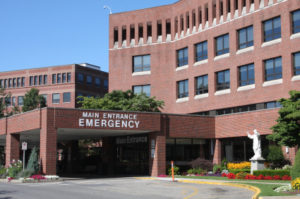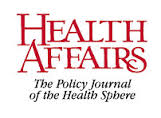Medicare Notification of Observation Care Requirement Set
Beginning on August 6, hospitals will be required to notify patients if they are under observation care and have not formally been admitted to the hospital.
The new policy, required by last year’s Notice of Observation Treatment and Implication for Care Eligibility Act, requires hospitals to provide a written notice to patients “in plain language” explaining that they have not been admitted to the hospital and how that might affect what they owe the hospital for the care they receive and their eligibility for follow-up services. Hospitals will be required to provide this information no more than 36 hours after the observation care has begun.
 More than two million Medicare patients were hospitalized under observation status in 2014.
More than two million Medicare patients were hospitalized under observation status in 2014.
Learn more about the new policy, what it means, and some of the challenges it may pose in this Kaiser Health News article.





 The study’s creators concluded that
The study’s creators concluded that
 Other suggestions for modifying the readmissions reduction program include shortening the window on readmissions, which might better reflect the quality of care a hospital provides rather than the nature of the patients it serves; changing the quality measures on which hospitals are judged, choosing new measures that might be less sensitive to socio-economic factors; and providing additional financial or other support to hospitals that serve especially large numbers of low-income patients.
Other suggestions for modifying the readmissions reduction program include shortening the window on readmissions, which might better reflect the quality of care a hospital provides rather than the nature of the patients it serves; changing the quality measures on which hospitals are judged, choosing new measures that might be less sensitive to socio-economic factors; and providing additional financial or other support to hospitals that serve especially large numbers of low-income patients.